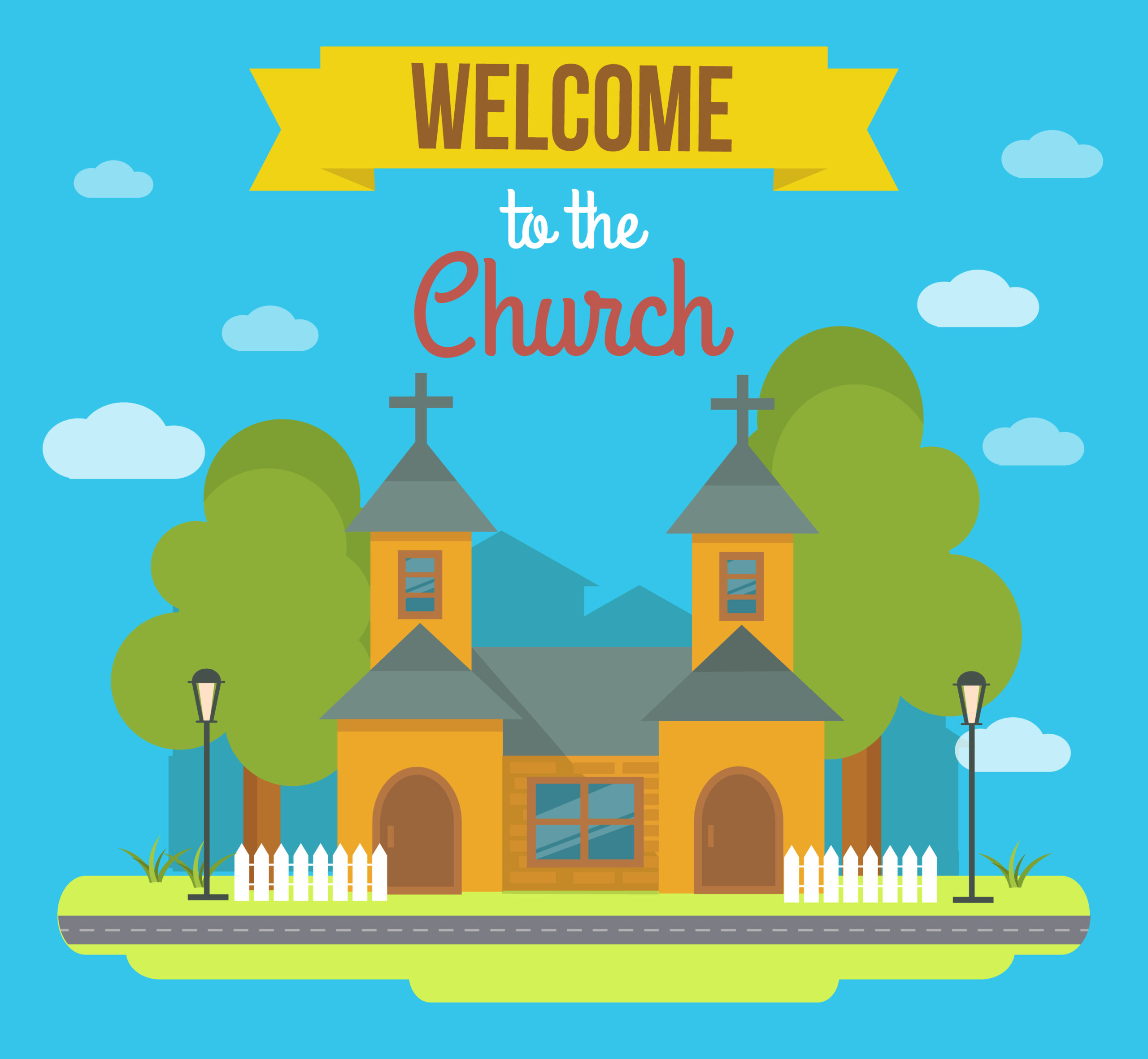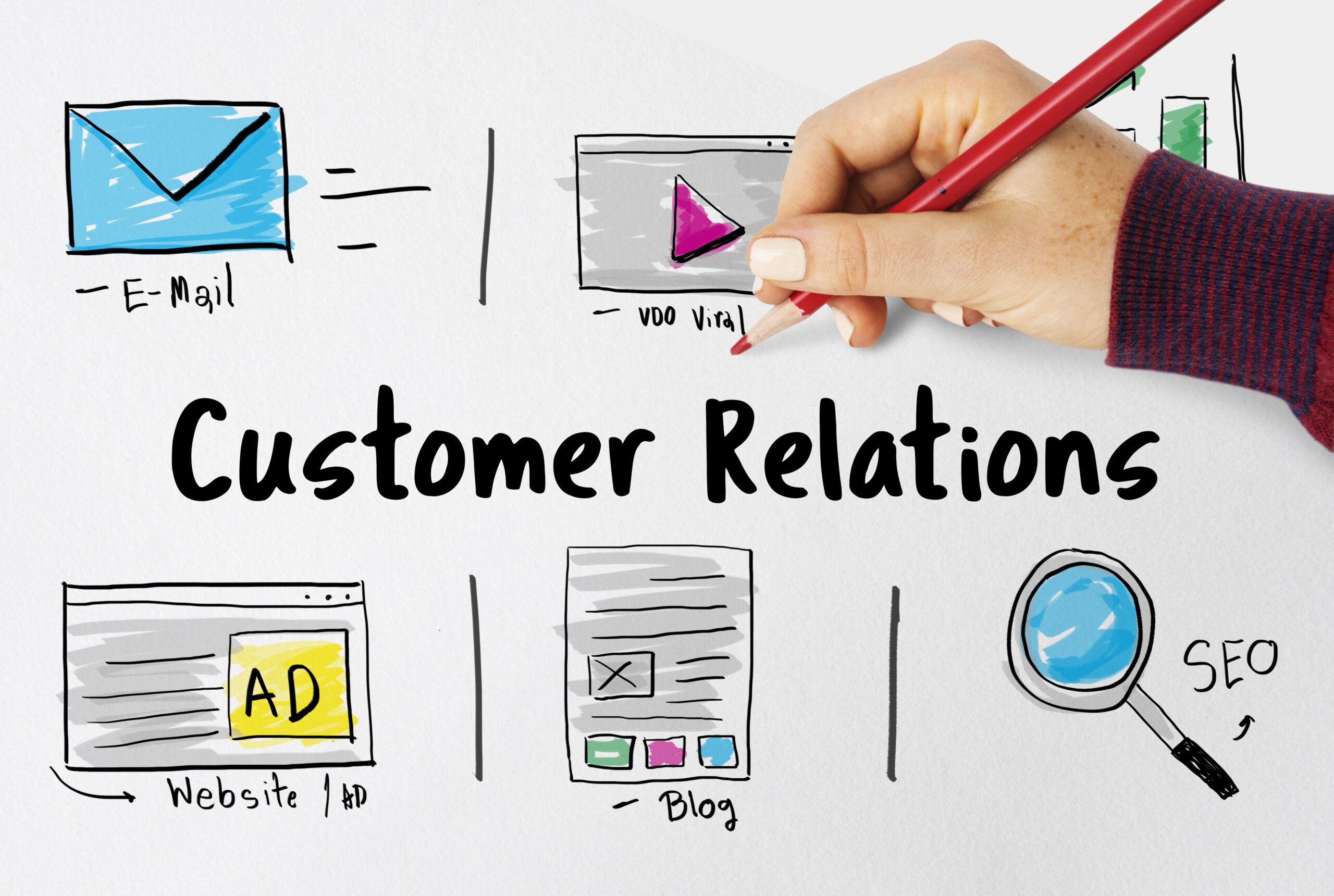Effective Email Marketing for Churches
As a church head, you comprehend the significance of staying in contact with your flock and keeping them updated on upcoming occasions and news. One of the most effective ways to do this is through email marketing.
In this blog post, we will explore the various email marketing services and platforms available for churches, as well as strategies for collecting email addresses from your members. We’ll also discuss how to create engaging church newsletters that keep your community up-to-date on important information.
You’ll learn how to effectively use social media platforms in conjunction with email marketing to promote church events and increase attendance at Sunday service. Plus, we’ll share tips for crafting compelling emails that resonate with your audience and drive engagement.
Whether you’re new to email marketing or looking to improve your current strategy, this post will provide valuable insights into how you can better connect with your congregation through digital communication channels.
Table of Contents:
- Importance of Email Marketing for Churches
- Building Your Church’s Email List
- Choosing the Right Platform
- Crafting Effective Emails
- Maximizing Your Email Marketing Strategy
- FAQs in Relation to Email Marketing for Churches
- What are the best practices for email marketing to church members?
- How can churches use email marketing to increase engagement and attendance?
- What types of content should be included in an effective church email campaign?
- How often should churches send out emails to their members?
- What tools are available for churches to manage their email campaigns effectively?
- Conclusion
Importance of Email Marketing for Churches
Email marketing is a powerful tool for churches to reach their congregation and potential visitors. Email marketing enables churches to maintain contact with their members, share important information and announcements about upcoming events or changes in the schedule of services, as well as foster relationships with those who may not be able to attend services physically. Email marketing helps churches stay connected with their members by providing timely updates on church activities and news. By using email effectively, churches can quickly communicate important messages about upcoming events or changes in the schedule of services.
In order to get the most out of email marketing for your church, it’s essential that you start building an email list as soon as possible. Social media platforms like Facebook groups are great places to encourage people to join your mailing list. Offering incentives such as free e-books or devotionals in exchange for signing up is also a good way to grow your list quickly. Constructing specific pages on your website where people can input their contact information if they desire to receive emails from you is another great way to expand your list.
Once you have built up an email list, choosing the right platform is key when it comes time send out emails regularly. Platforms like Get a Newsletter provide ready-to-use templates making designing newsletters much easier than creating them from scratch every time you want send one out.
When crafting effective emails it’s important that each message has clear objectives and contains relevant content related specifically towards church matters that will resonate with readers so they take action after reading them (eg clicking through links). To make sure this happens include embedded links throughout the body of text leading people back onto other pages on your site where they can view more content or learn more about what’s happening at the church – this keeps viewers viewing longer which increases engagement levels overall. Additionally ensure there is always some kind of call-to-action present within each message – whether its inviting someone along an event or encouraging them donate money etc…
Finally, maximizing your strategy involves setting up automated workflows such as welcome series or follow-up sequences; segmenting audiences based on interests/demographics; and personalizing emails using merge tags/dynamic content blocks based on subscriber data. All of these methods help increase engagement rates and ensure that messages are reaching their intended recipients without fail.
Email campaigns can be an excellent way for churches to interact with their congregation and advertise any upcoming happenings. Building a strong email list can help ensure that your church’s messages reach as many people as possible.

Building Your Church’s Email List
Having a quality email list is key for churches to make the most of their email marketing efforts. Promoting your church’s mailing list through social media groups is a great way to get people to sign up, and offering rewards can be an added incentive. Offering incentives such as free e-books or devotionals can be another great way to entice visitors into signing up, providing them with something valuable in exchange for their contact details. Finally, creating landing pages on your website specifically designed for collecting emails makes it easier for visitors to enter their information quickly and conveniently.
Composing successful emails necessitates considering a few key elements. Embedding links within your emails will help keep readers engaged by allowing them access other relevant content that they may find interesting or helpful. Additionally, all content should be relevant and church-related while also having a clear call-to-action so that readers know what action you would like them take next (e.g., sign up for an event).
Once you have built your church’s email list, it is important to choose the right platform for delivering those emails. Get a Newsletter provides ready-to-use templates that make designing newsletters much easier and more efficient.

Choosing the Right Platform
When it comes to choosing the right platform for managing church email lists, there are many options available at various price points. Selecting a platform that meets your specifications and is within your financial means is essential. Some popular choices include DirectIQ which offers advanced features like automation workflows and List Segmentation which works best for larger congregations with many volunteers.
For those looking for an easier way to design newsletters, DirectIQ provides ready-to-use templates making the process much simpler. The platform is ideal for churches who want to create visually appealing emails quickly without having to spend too much time on design elements. A/B testing is also available, so users can experiment with different email versions before sending them.
Another great option is MailChimp which allows churches to easily manage their mailing list while providing powerful analytics tools so they can track engagement metrics such as open rates and click throughs in order to optimize their campaigns further down the line. With MailChimp, churches can also set up automated workflows such as welcome series or follow-up sequences in order reach more subscribers efficiently without having to manually send out each individual message every time.
Finally, Constant Contact is another great choice when it comes to church email marketing platforms due its ability to segment audiences based on interests or demographics allowing for more targeted communication with members of the congregation. Plus, Constant Contact also has personalization capabilities using merge tags or dynamic content blocks based on subscriber data helping make sure messages are tailored specifically towards each person receiving them, resulting in higher engagement rates overall from recipients of these emails.
Choosing the right platform is essential for effective email marketing, and with Get a Newsletter you can easily create attractive newsletters. Crafting Effective Emails requires more than just embedding links; it also includes creating relevant content that encourages people to take action.

Crafting Effective Emails
Emailing can be a great way to communicate with those already invested, draw in new customers, and advertise goods or services. However, crafting effective emails that will have the desired effect on your target audience takes skill and knowledge.
When creating newsletters or other communications materials via email marketing tools like DirectIQ, there are certain things you need to keep in mind if you want them to be effective. First off, use portrait layout designs as opposed to landscape layouts when constructing emails; this allows readers to quickly scan through the content without having their eyes wander too far from one side of the page to another. Additionally, ask permission before including photos in any of your emails; it’s important that all images used are copyright-free so as not to get into any legal trouble down the line. Lastly, use professional font size in bold letters when putting the name of your church on newsletters; this will make sure people know who sent them right away.
Embed links within your emails to keep viewers engaged and maximize conversion rates. Craft relevant content related to what you’re offering, such as information about upcoming events or new product releases, and provide a clear call-to-action – telling recipients what they should do next – for maximum effectiveness. Utilize portrait layout designs when constructing emails; this will enable readers to quickly scan through the content without their eyes wandering off the page. Additionally, make sure all images used are copyright-free by obtaining permission beforehand. Lastly, use professional font size in bold letters for the name of your church/business so people can identify who sent them right away.
Finally, don’t forget about compliance regulations such as CAN-SPAM Act requirements which must be met whenever sending out mass emails – failure to do so could result in hefty fines being imposed upon offenders, so always double check everything before pressing ‘send’. Taking these tips into consideration when crafting effective emails for churches/small businesses alike should help increase open rates significantly over time.
Crafting effective emails is an essential part of a successful email marketing strategy for churches. So, let us examine how to make the most of your email promotion plan.

Maximizing Your Email Marketing Strategy
Emailing can be a powerful strategy for churches to expand their reach and build up membership. To maximize the effectiveness of your email campaigns, it’s important to have an organized plan that includes setting goals, segmenting audiences, personalizing emails, testing different subject lines and calls-to-action. Additionally, tracking metrics like open rates and click-through rates can help you identify areas of improvement.
Automated workflows are one way to streamline your email strategy. You can set up automated welcome series or follow-up sequences so that new subscribers receive relevant content right away without having to manually send each message yourself. This also allows you to nurture leads by sending targeted messages based on their interests or demographics over time.
Personalization is another key element in maximizing your email marketing strategy. Using merge tags or dynamic content blocks in emails helps make them more engaging by providing personalized information such as names or product recommendations based on subscriber data collected from previous interactions with your church website or social media channels. This not only makes the emails more interesting but also increases the chances of conversion since people tend to respond better when they feel like they’re being addressed directly rather than part of a larger group.
Finally, don’t forget to test different elements within each email campaign such as subject lines and calls-to-action (CTAs). A/B testing these elements will allow you to identify which versions are performing better so that you can refine future campaigns accordingly for maximum impact with minimal effort required from you.
FAQs in Relation to Email Marketing for Churches
What are the best practices for email marketing to church members?
To ensure success, it’s important to follow best practices such as segmenting your audience, crafting compelling subject lines and content that resonates with the target audience, using visuals or multimedia where appropriate, testing different versions of emails before sending them out, scheduling emails at optimal times for maximum engagement and including a call-to-action in every email. Additionally, be sure to adhere to all applicable laws when collecting personal data from church members. Adhering to best practices will ensure your email campaigns reach their fullest potential.
How can churches use email marketing to increase engagement and attendance?
Churches can use email marketing to increase engagement and attendance by sending out regular newsletters, event reminders, and other content that is relevant to their congregation. In each message, churches should include a prompt for readers to act on so they are aware of what the next step is. Additionally, churches should segment their lists based on interests or demographics so the messages are more targeted and effective. Finally, tracking results from campaigns will help them understand which strategies work best for their church’s audience.
What types of content should be included in an effective church email campaign?
An effective church email campaign should include content that is relevant to the target audience, such as upcoming events and services, volunteer opportunities, inspiring stories of faith from members of the congregation, prayer requests or updates on current outreach initiatives. Additionally, including links to helpful resources for spiritual growth and development can be beneficial. It is also important to ensure emails are visually appealing with clear calls-to-action so recipients know what action they need to take next. Finally, make sure the emails are adapted for mobile devices to reach a wide audience.
How often should churches send out emails to their members?
It is recommended that churches send out emails to their members at least once a month. Regular contact with members is essential to ensure the church remains at the forefront of their minds and they are kept up-to-date on any forthcoming occasions, services or other information. Regular contact with members of the church through email can aid in strengthening relationships, potentially leading to a heightened involvement in activities or projects within the congregation.
What tools are available for churches to manage their email campaigns effectively?
There are a variety of tools available for churches to manage their email campaigns effectively. MailChimp is one of the most popular and user-friendly solutions, offering customizable templates, automation features, list segmentation capabilities and more. Constant Contact is another option with similar features such as drag-and-drop design elements and reporting analytics. For larger organizations that need advanced functionality, platforms like HubSpot or Marketo may be better suited to their needs. Each tool has its own strengths so it’s important to evaluate which one best fits your church’s requirements before investing in any particular solution.
Conclusion
Email marketing for churches is an effective way to reach their communities and spread the word. DirectIQ can help churches with their email marketing efforts by providing them with a powerful platform that allows easy customization, automation of campaigns, analytics tracking and more. By utilizing a tailored approach, churches can ensure their message is reaching the correct demographic accurately and proficiently.
Take your church’s email marketing to the next level with DirectIQ. Our powerful tools and services will help you reach more people, engage them better, and drive conversions for your mission.












